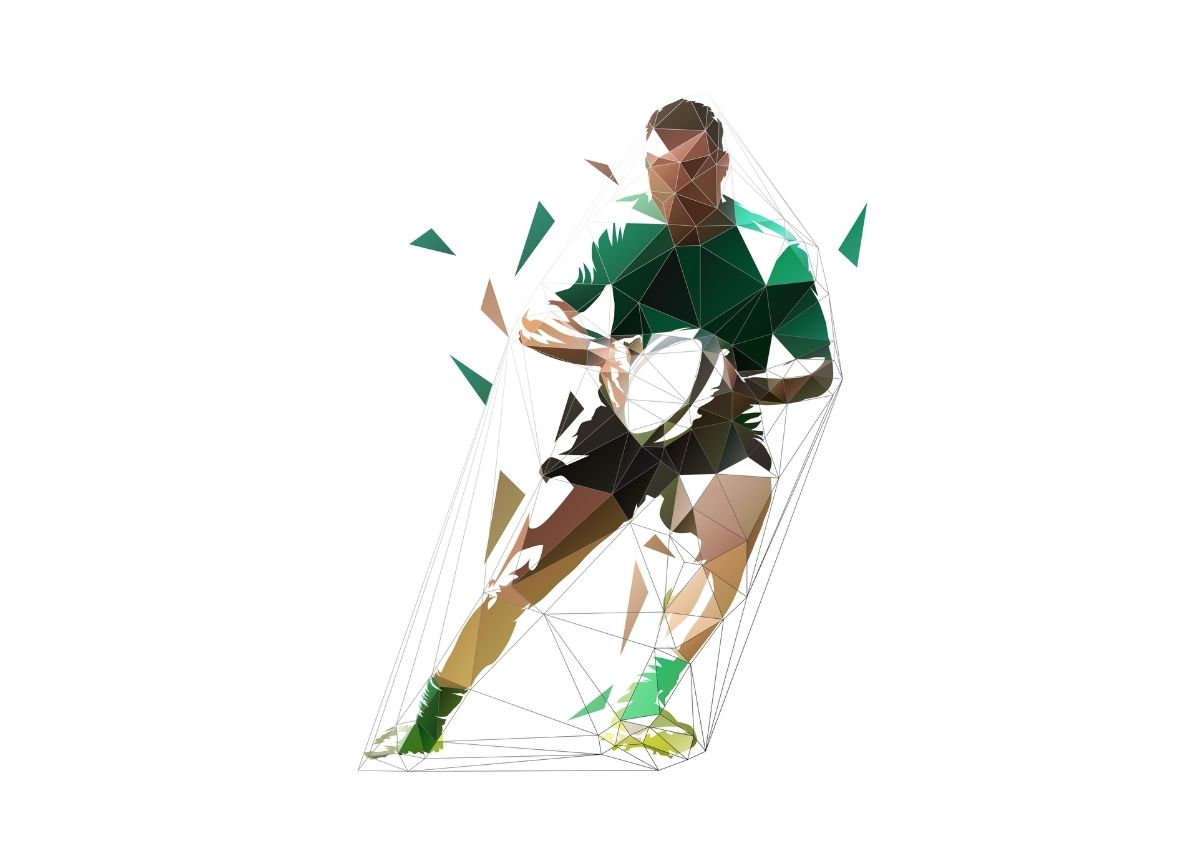

Rugby Icons of all time. Image credit: AdobeStock
But there are just a handful that can claim the title of icon, a player whose fame lives beyond his career, a place amongst the best rugby has ever seen, a reputation that goes beyond the sport.
Icons capture the imagination. The young fan staring at an old, grainy photo from the turn of the 20th century, stories of legendary matches of the past. Or watching a play on YouTube that people wouldn’t believe was real, except you watched it happen live. Better than anything Hollywood can come up with.
Rugby has been around in Australia and New Zealand since the 19th century (the first club was formed all the way back in 1864!). And even from the start, rugby icons have been a huge part of why we watch the sport. The reason why we’re willing to pay extortionate prices for television packages. Why do we set alarms for online queuing systems to get tickets to that all-important final game? It’s to watch those players rise above the rest, creating historic moments you’ll never forget.
It’s why ever since the start of the sport, people have loved putting money on rugby to support their players and feel like they’re part of the action. And today is no different, fans still love betting on the sport, and they can redeem codes for bonuses and really have some fun – enter this Mobilebet promo code, for example, and you can get wind at your back when you’re betting.
To cut a long story short – these 3 players perhaps capture the word ‘icon’ better than most. Put them on the pitch, and the odds of their team winning suddenly go very short indeed. They perform, yes, but they also have that additional x-factor, that something that makes us put posters up on the wall.
Lomu deserves a spot on this list not only for his undoubted rugby talent, but also for having a legitimate claim to being the first bona fide superstar of the sport. His popularity went beyond the pitch, rugby’s biggest drawing card, a physical specimen, oozing talent, a likeable personality.
Jonah Lomu had it all. He earned a total of 63 caps for his country, scoring an impressive 185 points for the All Blacks from 1994 to 2002. He also shares the record as the all-time try scorer in Rugby World Cups with Bryan Habana. He played a memorable 1995 World Cup, arguably being the world’s best player at the time, but unfortunately he came up just short of winning it all.
His life, full of success on the rugby pitch, also had a tragic side. His career was ended prematurely by a kidney condition, and his life was ultimately taken from a heart attack linked to the disease. Nevertheless, fans will always remember him as that mercurial talent, that affable smile, a legend.
For those who had the pleasure of watching him play, there is absolutely no debate that David Campese is the greatest fullback and winger in the history of the sport. His famous goose-step, allowing him to bypass opponents with frightening ease, is still legendary today.
Campese achieved 101 caps for Australia, scoring 315 points during his glittering international career. In the 1991 World Cup, where he scored six tries during the tournament, he was voted the best player. He made players of the highest calibre look like amateurs, his performances in the most high-pressured environments seem like a practice session.
Perhaps what adds to the romanticism around Campese is that he was part of the last decade of amateur rugby, harking back to an era that didn’t have the endorsements, the television deals, the slick professionalism. He had outspoken views, which often landed him in hot water, but it also won him a lot of admiration.
Our last entry is the Cristiano Ronaldo of the rugby world. Talented, there’s no doubt, but not with that unstoppable rawness of Jonah Lomu. What really set Wilkinson apart was his approach to the game. In the era before ice baths, when we were still transitioning to modern-day professionalism, where pints continued to be had the day before the match, Jonny Wilkinson understood that preparation was key to success.
His focus on getting every last ounce out of his talent was second to none. Other players, seasoned pros, were dragged along and raised their standards. His routine was close to obsessive, practising long hours, eating the right foods, avoiding the temptations of nights out and beer.
The results were worth it. He smashed the record for most World Cup points, recording 277. He also had the most Lions Test points (67) by the time he retired. And who can forget ‘that’ moment? Just 26 seconds from the end of the World Cup final, Jonny Wilkinson would score the drop-goal that would define his career.
All this being said, we can confidently say – these are the everlasting Rugby stars. Of course, there will be prodigies and prominent names like Anoine Dupont, Aaron Smith or Pablo Matera, but these names will always be remembered like the pillars of Rugby.